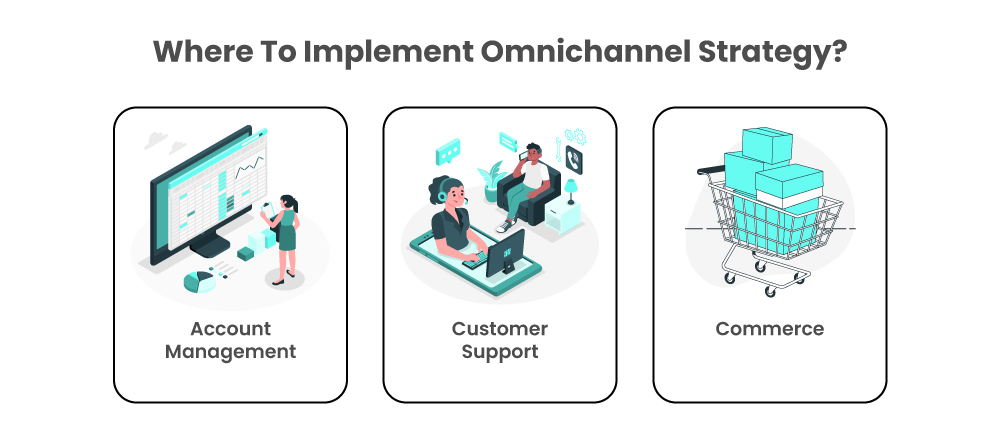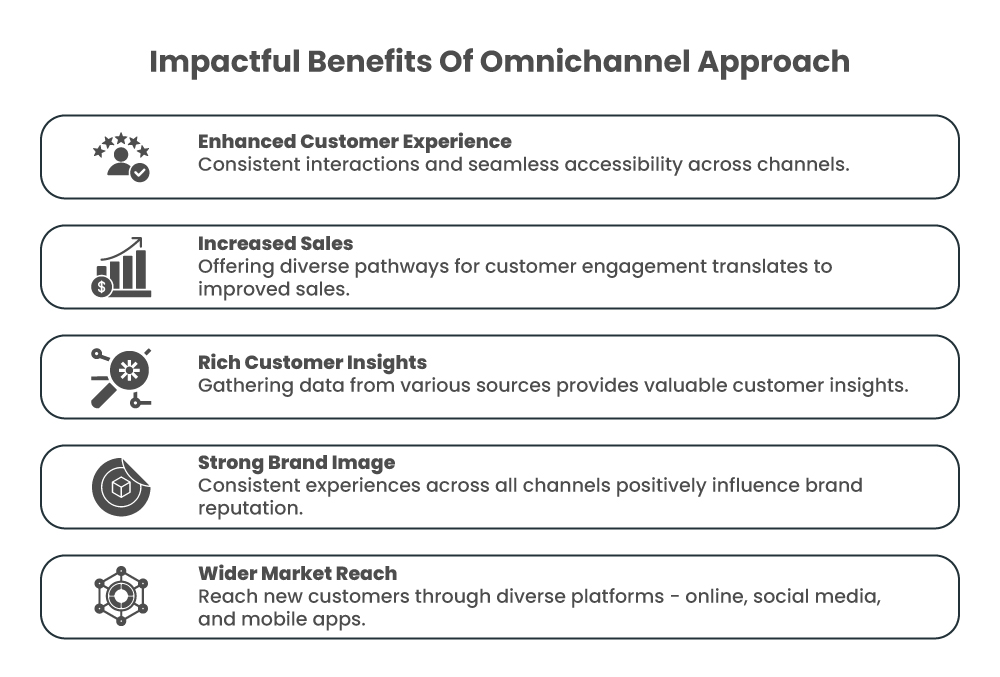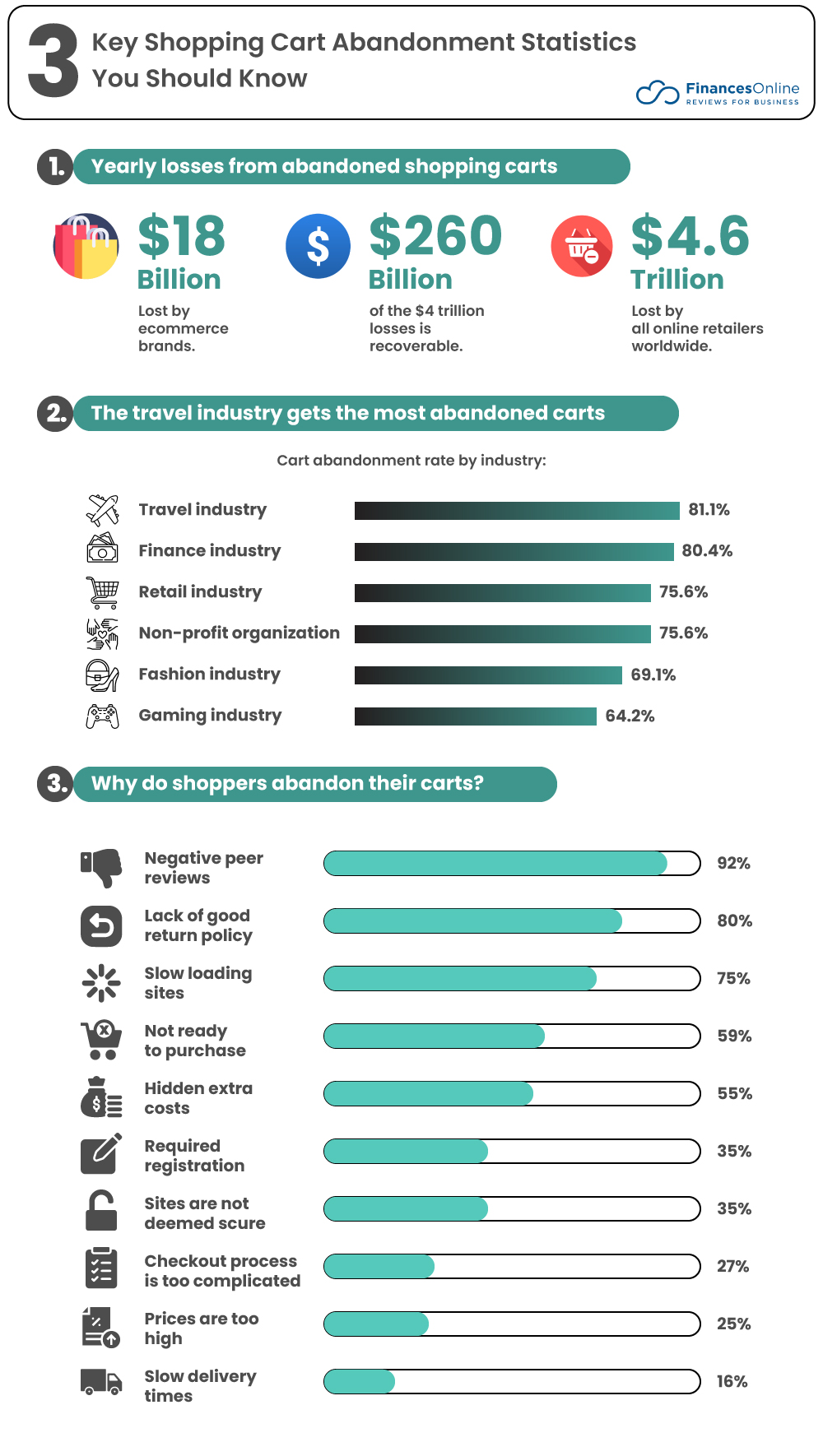Holiday Marketing Do’s & Don’ts: Straight From The Experts
The holiday season can be a make-or-break time for e-commerce businesses and with so many brands competing for attention, it’s easy to get lost in the crowd. Whether you’re a seasoned marketer or just getting started, knowing the right moves to make—and the pitfalls to avoid—can make all the difference.
The holiday season is a time when preparation meets opportunity. But with so much competition, how can you ensure your holiday marketing stands out? That’s why we’ve turned to the experts to bring you the ultimate guide to holiday marketing.
In this blog, you’ll find the essential dos and don’ts that will set you up for holiday success and will keep your customers coming back for more.
So, without further ado, let’s begin.
Do’s Of Holiday Marketing For E-Commerce Businesses
1. Optimize For Mobile Shopping: A Strategic Approach to Holiday Marketing
More and more shoppers are making their holiday purchases right from their smartphones. A recent report from Adobe anticipates over half (53%) of online spending will take place on mobile devices this holiday season.
Key insights into mobile usage.

“During this holiday season, mobile shopping will surpass desktops as consumers increasingly find it more convenient to navigate transactions on smaller screens. The shift towards mobile signifies a growing trend in consumer behavior and a significant evolution in the way people prefer to shop.” – says Suchita Tripathi, Senior Business Development Manager, Mastroke
To optimize your business for mobile shopping:
- Ensure your website is fully responsive, adapting smoothly to different screen sizes, especially smartphones and tablets.
- Focus on fast loading times—every second counts, as slow pages can lead to high bounce rates.
- Simplify navigation and checkout processes, minimizing the number of steps required to complete a purchase.
- Incorporate mobile-friendly features like easy-to-use search bars, large clickable buttons, and autofill forms.
- Test your mobile experience across multiple devices and browsers to catch any issues before the holiday rush.
2. Leverage Buy Now, Pay Later Option This Holiday Marketing
The “Buy Now, Pay Later” trend is huge nowadays, especially during the holidays when budgets can get tight. Offering this flexible payment option can make it easier for customers to say “yes” to that extra gift or splurge purchase. It’s a win-win—customers get what they want, and you get the sale.
” For businesses striving to succeed this holiday season, embracing BNPL isn’t just an option—it’s a strategic move.”- says Shahreen Rizvi, Brand Manager, Mastroke
Recent statistics predict a record $19 billion in online spending through BNPL, indicating a significant trend in consumers seeking flexible ways to manage their budgets.
To leverage this:
- Partner with popular “Buy Now, Pay Later” services like Klarna, Afterpay, or Affirm to give customers flexible payment choices.
- Promote this payment option prominently on your product pages, during checkout, and in your holiday marketing campaigns.
- Highlight the benefits of these services, such as no immediate financial strain, to encourage larger purchases.
- Ensure your terms and conditions for this payment option are clear, transparent, and easy to understand.
- Monitor the performance of this option through sales data and customer feedback to assess its impact on your holiday sales.
3. Take An Omnichannel Strategy Approach
Your customers are everywhere—online, in-store, on social media—so your marketing should be too. An omnichannel approach ensures a seamless experience no matter where they interact with your brand. Whether they start shopping on Instagram and finish on your website, or browse in-store and purchase online, consistency is key.

McKinsey’s report reveals the growing preference for multiple channels consolidated on a single platform. The mix of remote, self-service, and traditional sales channels provides customers with the flexibility they seek.
Leveraging these channels is not just advantageous; it has become an essential requirement for brand success.

To implement an omnichannel strategy:
- Integrate your marketing efforts across all channels, including your website, social media, email, and in-store promotions.
- Use consistent messaging and visuals to create a unified brand experience, no matter where customers interact with you.
- Leverage customer data to personalize experiences across channels, such as targeted ads based on browsing history or personalized email recommendations.
- Provide seamless transitions between channels, allowing customers to start shopping on one platform and finish on another without any disruption.
- Track customer interactions across channels to better understand their journey and optimize your strategy accordingly.
4. Market To Last-Minute Shoppers
Not everyone plans ahead. Many shoppers are still hunting for gifts at the last minute.
The Shopify-Gallup Holiday Shopping Pulse survey found that 41% of holiday shoppers plan to start shopping by the end of October to get a head start on the holiday rush, while 39% wait until November, and one in five hold strong until December. So, make sure you’re catering to them.
Ankit Gupta , Marketplace Department Head, says – ” He is expecting more action on Black Friday and Cyber Monday compared to last year, noting that people are more focused on prices and are holding out for promotions”.
To cater to last-minute shoppers, ensure the following:
- Create campaigns specifically targeting last-minute shoppers, emphasizing fast shipping or in-store pickup options.
- Promote digital products like gift cards, which can be delivered instantly, to appeal to those running out of time.
- Use urgency-driven marketing tactics, such as countdown timers or limited-time offers, to motivate quick purchases.
- Ensure your website and fulfillment operations are prepared for a spike in orders close to key holiday deadlines.
- Consider extending your marketing efforts beyond Christmas to capture late-season sales, such as post-holiday deals.
In addition, when online delivery becomes impractical in the week leading up to Christmas, be available offline. Local retailers become the go-to for last-minute gifts, with mobile searches peaking for local business information, store hours, and product availability.
5. Promote ‘Seasonal’ Promotions For Sales All Year Long
Seasonal promotions don’t have to end when the holidays do. Use this time to build momentum that carries over into the new year. Running promotions during different seasons can help your online business generate sales throughout the year.
Each season has its own set of holidays and events, such as Halloween, Christmas, or Valentine’s Day. These times bring in more online shoppers, making it a profitable period for many sellers.
To implement this:
- Introduce holiday-themed promotions that can be adapted for other times of the year, creating ongoing interest.
- Use the holiday season to build long-term customer relationships through loyalty programs or exclusive offers for repeat shoppers.
- Offer deals that extend into January or encourage early shopping for future holidays, keeping the momentum going.
- Create content, such as holiday gift guides, that can be repurposed for future marketing campaigns.
- Analyze the success of your holiday promotions to identify strategies that can be applied throughout the year.
Dont’s Of Holiday Marketing For E-Commerce Businesses
1. Don’t Neglect Adding Value to Your Holiday Offerings
Holiday marketing isn’t just about discounts—it’s about offering real value. Whether it’s through personalized recommendations, unique bundles, or exceptional customer service, make sure your customers feel like they’re getting something special. This approach builds loyalty and encourages repeat business.
Keep in mind, for most B2B buyers, it’s not just about the price.
Data from 15 years at B2B International shows that:

In simple terms, salespeople who focus only on price are missing out on value in 80% of cases.
To make sure you are not making the same mistake:
- Avoid focusing solely on discounts; instead, enhance the perceived value of your products through thoughtful packaging, gift wrapping, or personalized messages.
- Consider bundling products together to create unique gift sets that offer more value than individual items.
- Offer exclusive holiday products or limited-edition items that give customers something special they can’t get any other time of year.
- Provide exceptional customer service, including extended return policies or 24/7 support, to enhance the overall shopping experience.
- Don’t forget to engage with your audience on social media by sharing holiday tips, product recommendations, or behind-the-scenes content.
2. Overlooking Audience Retargeting This Holiday Season Can Cost You
It’s easy to focus on attracting new customers, but don’t forget about those who’ve already shown interest in your brand. Here’s the thing: not paying attention to retargeting during the holidays is like leaving money on the table.
According to Epsilon, personalized experiences make customers way more likely to hit that ‘Buy’ button. And guess what? Stats say 8 out of 10 customers are more likely to buy when they get personalized experiences.

My advice is to view retargeting during the holidays as more than just a sales tactic—it’s an opportunity to deepen your connection with customers. Beyond personalized ads, consider offering exclusive content or early access to loyal customers. Become the brand that not only sells a product but also creates memorable and valuable experiences, turning one-time buyers into loyal advocates.
To take advantage of it:
- Don’t let potential customers slip away—use retargeting ads to remind visitors of products they’ve viewed or left in their cart.
- Segment your audience based on behavior (e.g., viewed a product but didn’t purchase) to deliver more personalized retargeting ads.
- Use dynamic ads that automatically display the exact products a visitor showed interest in, increasing the chances of conversion.
- Combine retargeting with email marketing, sending reminders about abandoned carts or personalized product suggestions.
- Track the performance of your retargeting campaigns to ensure they’re delivering a strong ROI and adjust as needed.
3. Poor Checkout Experience
Abandoned carts – the biggest challenge of every online business! Take a peek into the stats to truly grasp the magnitude of this problem.

Nothing kills the holiday spirit (and a sale) faster than a frustrating checkout process. Make sure your checkout is simple, secure, and fast.
To create a smooth checkout process:
- Don’t make customers jump through hoops to complete their purchase—streamline the checkout process by reducing the number of steps.
- Offer multiple payment options, including credit cards, PayPal, and digital wallets, to cater to different preferences.
- Ensure your checkout process is mobile-friendly, with easy-to-tap buttons and minimal typing required.
- Provide clear shipping information and costs upfront to avoid unpleasant surprises at the final step.
- Keep the checkout page simple and distraction-free, focusing on the essentials to prevent cart abandonment.
4. Don’t Stop B2b Marketing
During the holiday season, some businesses wonder if it’s a good idea to keep promoting their products or services. Here’s the key point: don’t stop your B2B marketing efforts.
It’s easy to get caught up in B2C holiday marketing, but don’t forget your B2B customers. They’re also gearing up for the season and need your products or services to be ready. Keep your B2B marketing efforts strong to maintain those important relationships and secure year-end deals.
Here’s how to do it:
- While B2C marketing often takes center stage during the holidays, don’t neglect your B2B customers who may also need holiday-related products or services.
- Continue nurturing your B2B relationships with personalized communications, holiday greetings, or special offers.
- Consider hosting a holiday-themed webinar or event to engage with your B2B audience and offer valuable insights.
- Use this time to solidify long-term contracts or partnerships that can benefit both parties well into the new year.
- Maintain a consistent B2B marketing presence to avoid losing momentum during the holiday season.
5. Not Measuring Your Holiday Marketing Results
If you don’t keep tabs on how your holiday marketing is doing, it’s like driving blindfolded. You need to know what’s working and what needs a tune-up for next year.
Use handy tools like Google Analytics, social media trackers, and email stats to figure out how you’re doing. Remember, the real magic happens when you not only run the show but also know how well it played out. So, dive into the stats, learn, and get ready to ace your holiday marketing game!
- Don’t fly blind—use analytics tools to track the performance of your holiday marketing campaigns in real time.
- Measure key metrics such as conversion rates, average order value, and customer acquisition costs to gauge success.
- Compare your results to previous holiday seasons to identify trends and areas for improvement.
- Use A/B testing to optimize your campaigns on the fly, adjusting messaging, targeting, or offers based on what works best.
- After the holidays, conduct a thorough analysis to learn what strategies were most effective and how you can improve for next year.
Final Thoughts
Now, equipped with smart insights, it’s time to win at your holiday marketing. Mark those important dates, tailor your approach to your audience, and match it to what you’re selling.
As you gear up for the festive season, remember the shopping trio: Black Friday, Cyber Monday, and Thanksgiving. These are your tickets to big sales, especially in the US.
With online sales predicted to hit $1.19 trillion worldwide in 2024, the digital world is your arena. Combine this fact with the above-mentioned dos and don’ts, and get ready to surpass the holiday competition with flair.
Until next time.
This is my first time pay a quick visit at here and i am really happy to read everthing at one place
It’s wonderful to hear that you found everything you were looking for in one place. Thank you for visiting and taking the time to read through the content. Stay tuned!
This article offers a fascinating perspective on the subject. The depth of research and clarity in presentation make it a valuable read for anyone interested in this topic. It’s refreshing to see such well-articulated insights that not only inform but also provoke thoughtful discussion. I particularly appreciated the way the author connected various aspects to provide a comprehensive understanding. It’s clear that a lot of effort went into compiling this piece, and it certainly pays off. Looking forward to reading more from this author and hearing other readers’ thoughts. Keep up the excellent work!
Thank you for the encouragement Eleanort 😊.
Your blog is a testament to your passion for your subject matter. Your enthusiasm is infectious, and it’s clear that you put your heart and soul into every post. Keep up the fantastic work!
I do trust all the ideas youve presented in your post They are really convincing and will definitely work Nonetheless the posts are too short for newbies May just you please lengthen them a bit from next time Thank you for the post